CBD For Kids: Is It Safe?

What is CBd
CBD, short for cannabidiol, is a substance extracted from either hemp or marijuana. It’s available commercially in many forms, from liquid to chewable gummies. It’s become very popular as a treatment for multiple conditions, including some that occur in children.
CBD hasn’t been tested extensively for safety or for effectiveness. While there’s promising research about CBD, especially for seizure control, much is still not known about it. Some parents are comfortable giving it to their children, while others are not.
CBD is a component of cannabis and medical marijuana, but it's derived from the hemp plant, a cousin of the marijuana plant. CBD by itself won't get you high. It doesn't contain THC, which is the chemical in marijuana that causes you to get high.
CBD products are available in a wide variety of products, including oil, gummies, vaping, and lotion. Because marijuana and cannabis products have been illegal in the US since 1970, there haven't been many studies done on them. CBD derived from hemp is now federally legal. However, CBD derived from marijuana is still federally illegal.
Is CBD Safe for Children?
There is no evidence that the CBD products on the market are safe or effective for children.
The FDA has only approved one CBD product, a prescription drug called Epidiolex that treats seizures associated with certain types of epilepsy in patients older than 1 years old. Epidiolex has been studied in clinical trials. While it has proven to be effective at reducing seizures, it has shown significant risks and side effects including:
- Elevated liver enzymes
- Decreased appetite
- Tiredness
- Sleepiness
- Malaise
- Sleep problems
- Increase in suicidal thoughts
- Interference in how other medicines including Propofol, Bupropion, Morphine, Clobazam, Lorazepam, and Phenytoin work.
What is CBD oil?
CBD is a chemical component inherent in both marijuana (Cannabis sativa) plants and hemp plants. CBD’s molecular makeup is the same, once it has been extracted from either plant. Even so, there are differences between the two.
One of the main differences between hemp and Cannabis sativa is the amount of resin they contain. Hemp is a low-resin plant, and marijuana is a high-resin plant. Most CBD is found within plant resin.
Resin also contains tetrahydrocannabinol (THC), the chemical compound that gives marijuana its intoxicating properties. There is much more THC in marijuana than there is in hemp.
The CBD derived from marijuana plants may or may not have THC in it. This is also true of hemp-derived CBD, but to a lesser extent.
In order to avoid giving THC to your children, always opt for isolate CBD rather than full-spectrum CBD, whether it’s hemp derived or marijuana derived.
Forms of CBD
CBD oil is available in a wide range of forms. One popular form is commercially prepared baked goods and beverages. This can make it difficult to know how much CBD is in any product.
Other than using prescription products like Epidiolex, it’s difficult, if not impossible, to control the amount of CBD administered to any child using these products.
Other forms of CBD include:
- CBD Oil. CBD oil may be labeled in multiple potencies. It’s typically administered under the tongue, and can also be purchased in capsule form. CBD oil has a distinctive, earthy taste and an aftertaste that many children may dislike. It’s also available as a flavored oil. Before giving CBD oil to your child, discuss all the possible risks with their pediatrician.
- Gummies. CBD-infused gummies can help you override taste objections to the oil. Since they taste like candy, make sure that you store the gummies somewhere your children can’t find them.
To shop Texas Freedom Products, click the link here!
All Rights Reserved | Texas Freedom CBD
Site Design by R.Designs
KEEP IN TOUCH
HOURS
- Mon - Fri
- -
- Saturday
- -
- Sunday
- Closed
SITE NAVIGATION
DISCLAIMER: The statements made regarding these products have not been evaluated by the Food and Drug Administration. The efficacy of these products has not been confirmed by FDA-approved research. These products are not intended to diagnose, treat, cure or prevent any disease. All information presented here is not meant as a substitute for or alternative to information from healthcare practitioners. Please consult your healthcare professional about potential interactions or other possible complications before using any product.
The Federal Food, Drug, and Cosmetic Act requires this notice.

